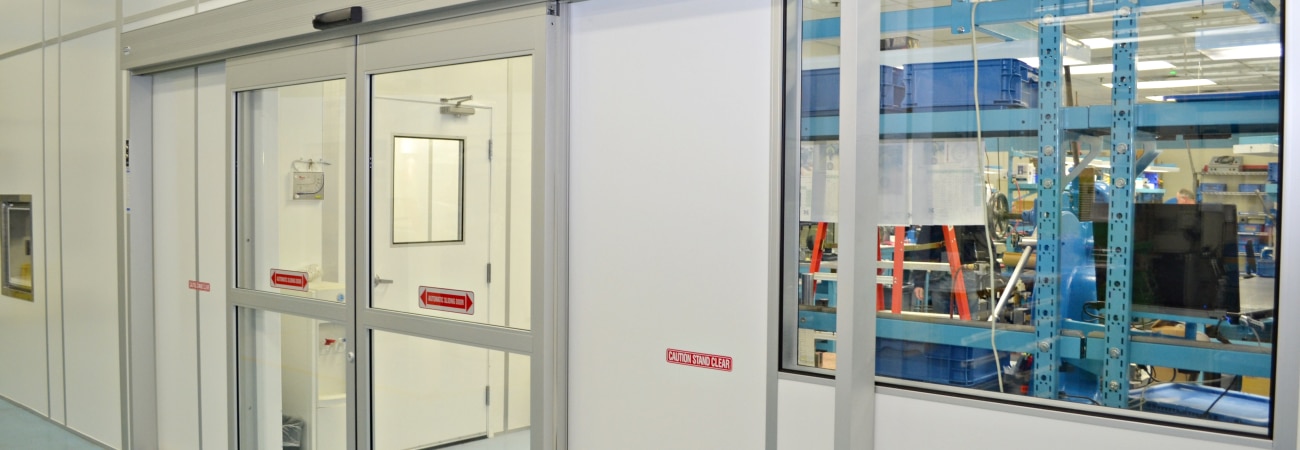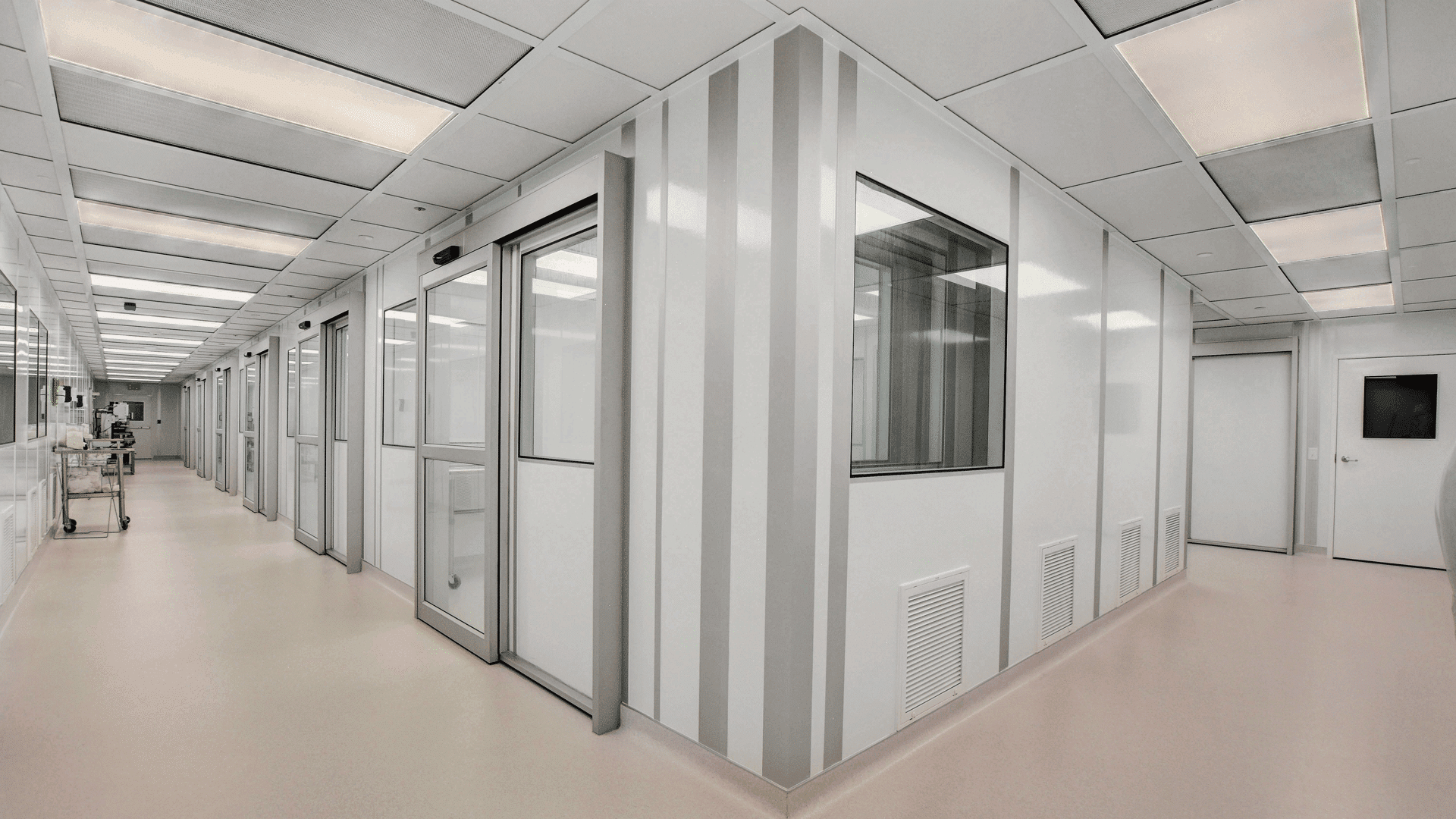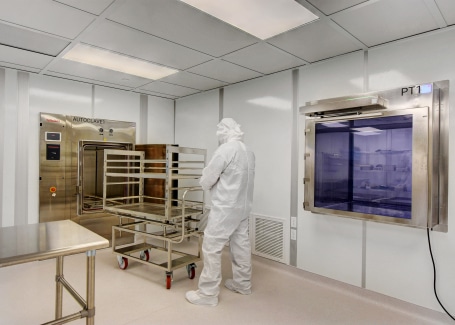When working at the nanoscale, small changes in environmental conditions can cause big problems. If temperature increases by a few degrees, or static electricity builds up as a result of low humidity, tiny parts can (and often do) get damaged. And this is the exact reason why control over the environment is part and parcel of working with nanotech. In this article, we’ll cover what nanotechnology cleanrooms are, what they’re used for, some of their common features, and more.
What Is a Nanotechnology Cleanroom?
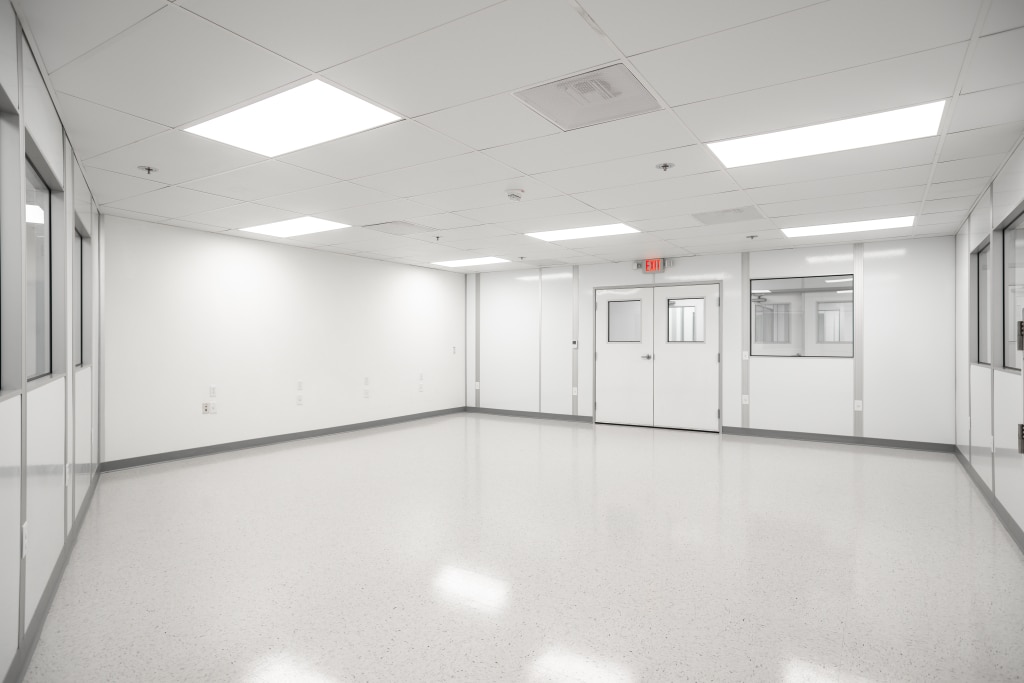
A nanotechnology cleanroom is simply a controlled environment designed to protect technology, whether in research or manufacturing, at the nanoscale (which is one billionth of a meter). As you may well imagine, tiny, microscopic particles can interfere with such work, as well as things like static charges, humidity, or temperature changes. Nanotech cleanrooms use a variety of features to protect the work being done, depending on the exact application.
Because of the small scale of the parts, nanotechnology cleanrooms have to meet much stricter standards than your typical compounding pharmacy or packaging room, so these cleanrooms are typically classified between ISO 1 and ISO 5.
What Are Nanotechnology Cleanrooms Used For?
Nanotechnology cleanrooms are important in many industries, including the following:
- Semiconductors and electronics
- Nanomedicine
- MEMS and NEMS device fabrication
- Optical coatings and photonics
- Aerospace and defense
A Few Common Features of Nanotechnology Cleanrooms
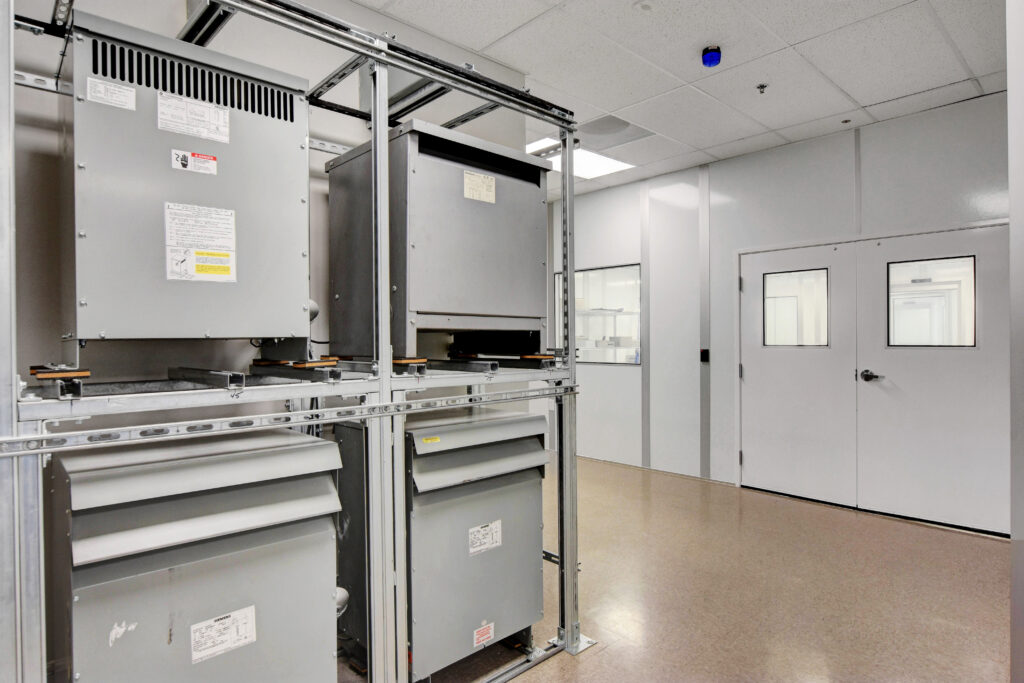
When building them, there are some important features that you’ll need in order to make sure that working at the nanoscale is done right. Some common features in these cleanrooms include:
- Electrostatic discharge (ESD) protection: Static electricity can cause damage to tiny parts, so these cleanrooms often have features, such as ESD-safe flooring, to prevent it from building up.
- Control over humidity & temperature: Since humidity levels and temperature can also increase static electricity and affect parts at the nanoscale, they often hold these conditions within narrow ranges.
- Seamless, non-particle shedding materials: Surfaces inside cleanrooms, including walls, ceilings, and floors should ideally be non-porous, smooth, and easy to clean. Materials like powder-coated aluminum, stainless steel, and seamless vinyl help maintain the strict cleanliness standards required.
- HEPA/ULPA filters: In just about every cleanroom for nanotech, there will be HEPA filters at the very least, and ULPA filters for the strictest areas.
The Bottom Line
Nanotechnology cleanrooms are controlled environments that protect research outcomes as well as manufacturing that occurs at the nanoscale. At this level, tiny particles, small temperature/humidity changes, and other conditions can ruin the work being done in nanotech. So, if you’re working on such a small scale, a cleanroom will in most cases be required.


